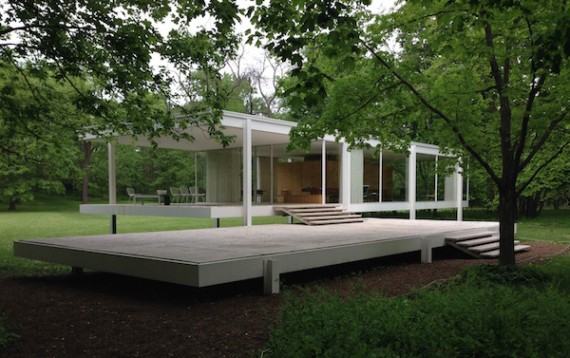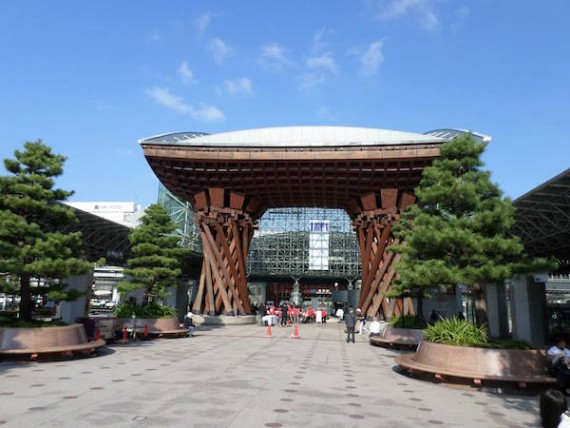
Week 9 Prompt: Architecture
Every city has notable architecture. Global cities, like New York, are made famous by their skyscrapers: the Empire State Building, the Chrysler Building, or One World Trade Center. Small towns and villages, like Hamilton, NY, have their own notable buildings, just on a much more limited scale: the Colgate chapel or bookstore. Architecture can be famous or notorious, beautiful or ugly. The White House may symbolize global power, while Alcatraz brings to mind the high-profile criminals it once housed. Antoni Gaudí’s La Sagrada Familia is recognizable for its fairy tale-like eccentricity, while Mies van der Rohe’s Seagram Building exhibits a thoughtful simplicity. This week, observe the architecture in your local community. Are there any memorable buildings? Are any wrapped-up in local history? Why? What’s the story? Take a picture of one notable building, then explain why it stands out.
Ryan Hildebrandt
The architecture of Kanazawa Station (in Kanazawa, Japan) embodies a number of notable features of traditional Japanese architecture and how that tradition has been modernized and incorporated into modern cities. The most notable feature of the entry to the station is the massive torii (Shinto gate). The torii itself is a common structure used in Japanese architecture, and it traditionally marks the entry into a dwelling of the gods, or some holy site. You’ll find these at every Shinto shrine across the nation, and the torii has unsurprisingly become a symbol frequently associated with Japan. The torii that stands over Kanazawa station is at first glance much less traditional than any you are likely to see at a shrine, but it retains several key elements of traditional architecture, such as the reliance on large, continuous timbers, the natural color of the wood, and the balance between the straight lines of the timbers and the curves of the top beam. These elements have been incorporated into a distinctly modern interpretation of the torii. Another architectural element is the building behind the torii, which is the station building itself. The stark contrast between the natural, earthy tones of the torii and the sharp, modern lines of the glass and steel behind it make for another commonly seen Japanese architectural element, which is the balance of seemingly opposing designs into one final composition. Finally, the layout of the courtyard around the torii is very important to the architecture of the entire building. The use of trees and stone also remind one of nature and the interplay of natural structures and man-made buildings, which as a motif can also be seen all over the country.

Allison Zengilowski
Presented on post-cards, tourist brochures, and in films, the Sydney Opera House has become one of the most notable buildings in Australia. While it houses a great deal of artistry inside, the architecture is just as innovative and creative. The building was designed as part of a competition by Danish architect Jørn Utzon. He crafted it to be reminiscent of the sails of boats from the harbor, and while the tiles appear to be white, if you are up close, they are actually a bit more tan than expected. This color was chosen purposefully so it would not blind sailors and/or visitors when sunlight reflected off of the building. Unfortunately, due to tensions with the New South Wales government, Utzon resigned midway through the construction of the Opera House and never returned to see its finished state.
Fortunately, the Opera House is an incredible architectural feat, and is being utilized for far more than housing performances. Each year, the city produces a two-week long event called “Vivid Sydney,” where artists place installations all around Sydney, typically utilizing light and/or technology as part of their work. With this, there are large projections on the Opera House which utilize animations to make it feel as though the art is being created on these massive shells. This year, the theme was focused on Aboriginal peoples and Aboriginal art, so the projections on the Opera House reflected that. It was an amazing installation and the Opera House certainly provided the perfect tableau for both internal and external art.


